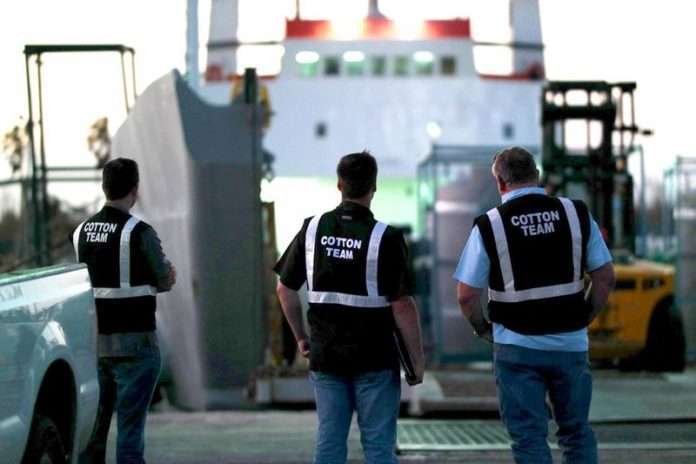Disaster restoration is simply what it sounds like – a professional service that helps return property to a safe condition after a disaster. But the work itself can be quite complex and highly specialized. The type of restoration needed after a fire is different from what’s required after a flood. And biohazard situations can occur for lots of different reasons that all demand a nuanced approach. In this article, you will know about The Various Types of Disaster Restoration – and When You Need Them.
We’ll break down these three main types of disaster restoration and let you know when you definitely need to call a professional.
Biohazard
Biohazard situations occur for many different reasons, including crime, unattended deaths, sewage back-up, or infectious disease. Hoarded homes are also considered a biohazard because of the accumulation of rotting trash, rodents, and unnoticed water leaks.
Properties that have been abandoned or fallen into disrepair also have the potential to become a biohazard zone that impacts the health of anyone who enters. The result of a biohazard is poor air quality, damaged building materials, and mold growth.
When to call for help:
In the case of a biohazard, human health is at risk if the mess is not handled properly. Professional biohazard teams have the protective gear and specialized tools to do it safely, as well as the knowledge to legally dispose of soiled items.
While a few drops of blood from a cut or nosebleed do not constitute a biohazard, larger amounts of blood that have pooled in areas that are difficult to clean, such as bedding or carpets, should receive professional attention.
We recommend always calling a biohazard team when you attempt to clean out a hoard, because there is no way of knowing what is under those piles until they are disturbed.
Biohazard cleaning prices vary based on the complexity of the job, but are typically quite reasonable for the value they provide.
Water
Water can sneak into a home in all sorts of ways. Sometimes it’s dramatic, as when a river floods its banks. Other times water damage occurs when an appliance fails. This can also be dramatic – burst water heater – or the result of a slow leak that just doesn’t get discovered for a long time.
Cracks in the foundation of your home and improper grading of the surrounding property can also cause water damage. Poor ventilation or broken seals and insulation are other common culprits.
The risks associated with standing water in the home are significant. Flood water carries lots of pathogens that can make people and animals sick. But even clean water from an appliance leak is able to destroy building materials, compromising the structure of your home.
When to call for help:
If the leak was small, came from a clean water source, and was caught early, you should be able to manage it yourself. Be sure to dry the area as thoroughly as you can and then open windows, run high powered fans, and turn on a dehumidifier to get rid of moisture that penetrated into surfaces.
Standing water that you can actually wade into should almost always be dealt with by a professional. For one thing, there could be submerged electricity that can shock anyone who touches the water. You’ll also appreciate the benefit of special hoses to suction the water out and drain it properly so that it can’t come back inside.
A good water remediation team will use professional-grade equipment to dry the area thoroughly and assess whether there has been damage to the building’s structure or if mold growth has begun.
Fire/Smoke
It’s no surprise that fire destroys the things it touches. Whether those things melt into goo or char into ash, the damage from a fire is significant enough that very little can be saved.
And it’s not only the flames to blame. Smoke from a fire has a way of penetrating deeply into surfaces. Wood floorboards and drywall have pores that open up under intense heat. The smoke flows in and is trapped when the pores close again after the fire.
When to call for help:
Small fires that are contained to one area and don’t touch the walls or floors can generally be handled by the homeowner. Safely dispose of the damaged items and be ready to air out the property for several days.
Larger fires definitely require professional remediation, as the property needs to be examined for structural stability. Plenty of building materials such as flooring, walls, and carpets will need to be replaced.
Incidentally, you can also have water damage after a fire due to efforts to extinguish the flames. And last but not least, your electrical system may have been compromised in a way that could spark another fire. Be sure to have it checked and replaced if necessary.
It’s never a good day when you need disaster restoration, but it’s almost always best to reach out for professional help over going it alone. The stability and safety of your property depend on it.


















